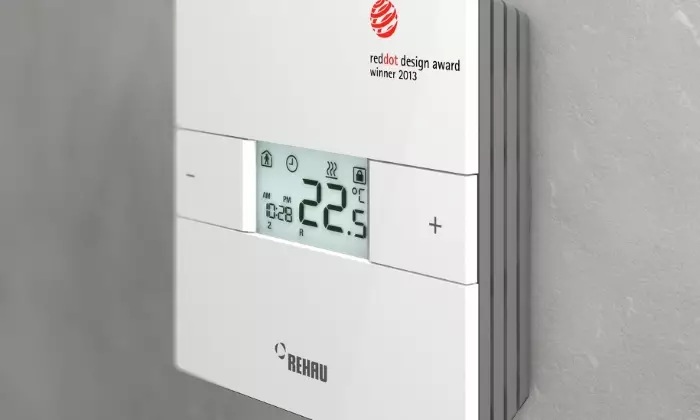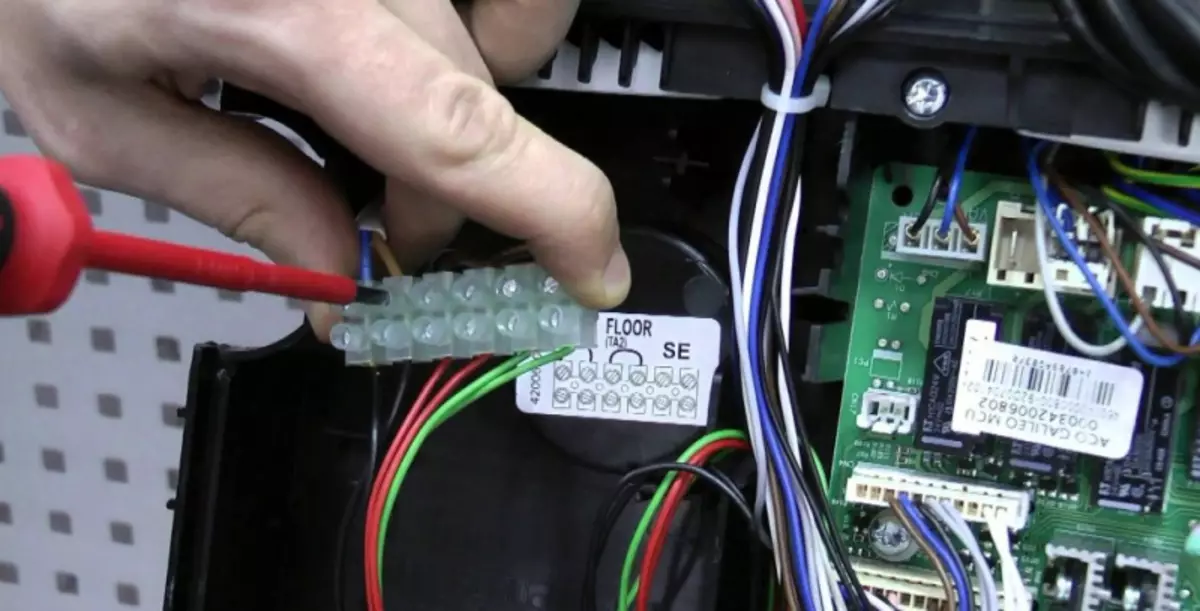
One of the main parts of the engine engine is a thermostat that everyone knows about, but few people give it due value while he is in good condition. But, like all the mechanisms, and it sooner or later loses the necessary efficiency of work, and sometimes it simply fails.
The room thermostat is designed to maintain the desired temperature in the room.
The first signs of the thermostat malfunction is the clips rising above the hood and the thermal sensor with the arrogant turning on the red field.
Then the driver and you have to switch all the attention to a small and low-wing, but very important part of the engine, search for the cause of a complete malfunction or partial problem.
Work thermostat
The scheme of the thermostat.When the thermostat cooling temperature is primary, the temperature of the thermostat cooling fluid is the same as the environment, and in order to reduce the engine warming time, the thermostat is automatically limited by a small circulation circulation (cylinder head, block shirt and heater). As the operating temperature rises, the thermostat valve adjusts the correct flow of cooling fluid from the main system radiator into the engine. And if the temperature drops, the valve reacting to this increases the amount of coolant, which is supplied to the radiator bypass.
Such a thermostat operation scheme allows you to maintain the necessary working temperatures at the proper level, provide sufficiently good temperature characteristics of the salon heater, and at the same time decrease to the exhaust gas toxicity with a simultaneous resource increase in the engine engine.
The thermostat design has a hermetic heat sensitive element filled with wax. Depending on the temperature, the wax volume changes, which entails the opening and closing the thermostat work valve strictly at certain temperature indicators.
How to understand the motorist that these signs of a malfunction of the machine indicate the need to look for their reasons first in the thermostat?
Overheating of the engine or insufficient heating, uncomfortable salon temperature in the cold season, a noticeable reduction in car dynamics, as well as increased fuel consumption - first signs. But before thinking about the repair or replacement of the thermostat, it is necessary to understand that the thermostat is just one of the many elements of the cooling system, which may not have the relationship of the car malfunction.
Article on the topic: How to draw an electrical scheme on a computer - Program Review
For complete confidence that the causes of the cooling system breakdowns are in the thermostat, it is necessary to check the cooling fluid level, the coolant temperature sensor itself and its pointer (signal lamp) in good condition.
Temperature controller: service life

The manual thermostat is installed directly on the battery and significantly saves heat.
Quite often, the symptoms of the thermostat malfunction cause accumulation of deposits in the cooling system. Appearing on a heat-sensitive element, the scale very much worsens its mobility, and it begins to incorrectly react to temperature changes in the coolant, and even no longer react.
Possible causes of this breakdown: Using water instead of cooling fluid, late replacement of cooling fluid, the ability to join the thermostat in an open position, in which the liquid will be constantly circulated by a large contour. The last reason gives a long engine warming to the temperature of the beginning of its work, often simply without reaching it. And in the case of encumbling the thermostat in a closed position, the circulation of fluid will occur only in a small circle, which will inevitably lead to engine overheating.
For what reason does the thermostat defecto?

The thermostat is a complex electronics, and its repair is better to entrust the specialist.
Consider more, what problems can occur at the thermostat, and for what reason they appear:
- Due to excessive loads, damage to the valve seat: constant passage of coolant through the radiator, the engine warms up longer than usual;
- Full destruction of the thermal sensitive element of the thermostat due to excessive loads: water entering the working element, or the wax output is outward, which disrupts the correct response to temperature changes;
- The opening of the device valve used to be conventional: the cooling fluid penetrates into the thermoelement, which increases the amount of heat sensitive wax, which the valve works, opens;
- Later, the discovery of the thermostat valve: water leakage occurs from the thermoelement housing, which is why the working volume of the element decreases, which leads to an increase in temperature for the required compensation for the amount of wax;
- At high ambient temperatures, the engine overheat occurs: with the opening device, the heated cooling fluid can not get into the main radiator, and the bypass nozzle returns back to the engine;
- Insufficient opening of the thermostat valve, due to which the radiator falls like a lack of coolant;
- The thermostat valve does not work on the closure: the working element turned out to be a coolant, which prevents the full closing of the valve;
- Thermostat is faulty (signs of incorrect operation): a possible change in initial settings due to significant overheating of the cooling system;
- The rubber seal of the valve plate is impaired: engine oil has been cut as a result of a malfunction, which dissolves the ceasepillator valve seal.
Article on the topic: How to connect a heated towel rail with a pipe?
So, the thermostat in the car is a special valve that regulates the cooling and lubricant flow of the emulsion (coolant) in the engine engine. During the combustion of fuel, a sufficiently large amount of heat is formed, which can cause damage to the engine. To prevent this, the thermostat is operating - it supplies a mixture of antifreeze and water to the radiator to cool. The thermostat remains closed until the optimal operating temperature is achieved, while circulating by the engine without passing through the radiator. And all this happens only in its normal, proper working condition.
To increase the term of thermostat, it is necessary to change the cooling fluid on time, follow the appearance of scale on its heat-sensitive element and carry out prophylactic work on time.
